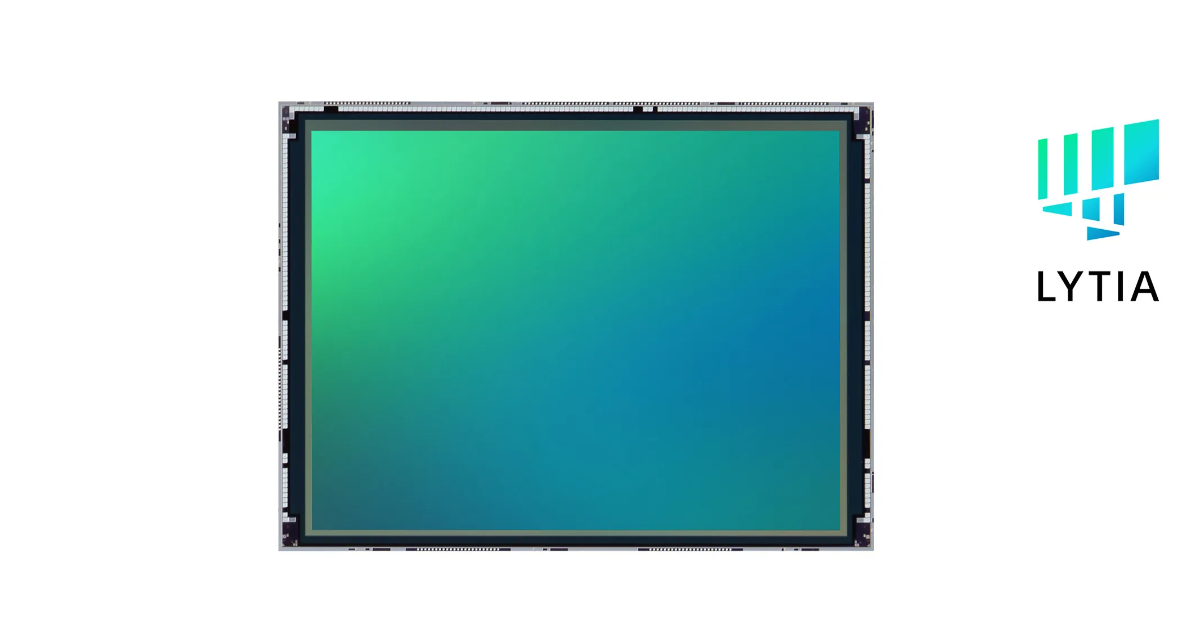Sony has launched the LYTIA 901, its first 200-megapixel picture sensor for smartphones, which has AI processing and a 4x in-sensor zoom. It has a 1/1.12-type design with 0.7-micron pixels and a Quad Quad Bayer architecture, which allows for great detail and good performance in low light.
The new image sensor has around 200 effective megapixels and a Quad-Quad Bayer Coding (QQBC) array that is optimised for excellent resolution and sensitivity. This sensor features a pixel pitch of 0.7 μm and is based on a large-format 1/1.12 sensor. Improvements to pixel structure and colour filter design increase saturation signal levels, resulting in a wider dynamic range. To use the high megapixel count, the QQBC array clusters 16 nearby pixels (4×4) with matching colour filters, allowing the camera to treat them as a single pixel during normal shooting. This approach guarantees maximum sensitivity in low-light conditions. For zoom photography, remosaicing is used to transform clustered pixels back to a regular pixel array, allowing for high-resolution images.
Also Read: Just Corseca Sonic Bar (JST 648) and Sound Shack Plus (JST 646) home theatre launched in India
With an AI learning-based remosaicing capability, this Sony device provides high-quality pictures when zooming. The advanced array conversion technique, which converts the QQBC array into a regular pixel array, makes use of new AI learning-based remosaicing created by Sony. This industry-first technique allows for the processing of high-frequency signals that were previously difficult to replicate, resulting in excellent detail replication, including complex patterns and text. By incorporating the remosaicing technique directly into the sensor, the device offers high-speed processing capabilities, enabling high-quality video recording at 30 fps while filming in 4K resolution with up to 4 times magnification.
Also Read: Redmi 15C 5G India launch date announced: Details
Innovative technologies like Dual Conversion Gain-HDR (DCG-HDR) and Fine12bit ADC allow for high dynamic range (HDR) and rich tonal expression. DCG-HDR combines data from several gain settings into a single frame, whereas Fine12bit ADC increases the quantisation bit depth from 10 to 12. This combination enables outstanding tonal expression with a zoom range of up to 4x. Furthermore, Hybrid Frame-HDR (HF-HDR) technology combines short exposure frames with DCG data in post-processing, resulting in dynamic range performance greater than 100 dB. HF-HDR significantly reduces highlight blowout in bright regions and blackout in dark areas, resulting in pictures that more accurately depict human vision.
Mass production will begin in November 2025, with the sensor likely to be included in the next flagship models, such as the Oppo Find X9 Ultra and Vivo X300 Ultra, competing with existing 200-megapixel technology.



